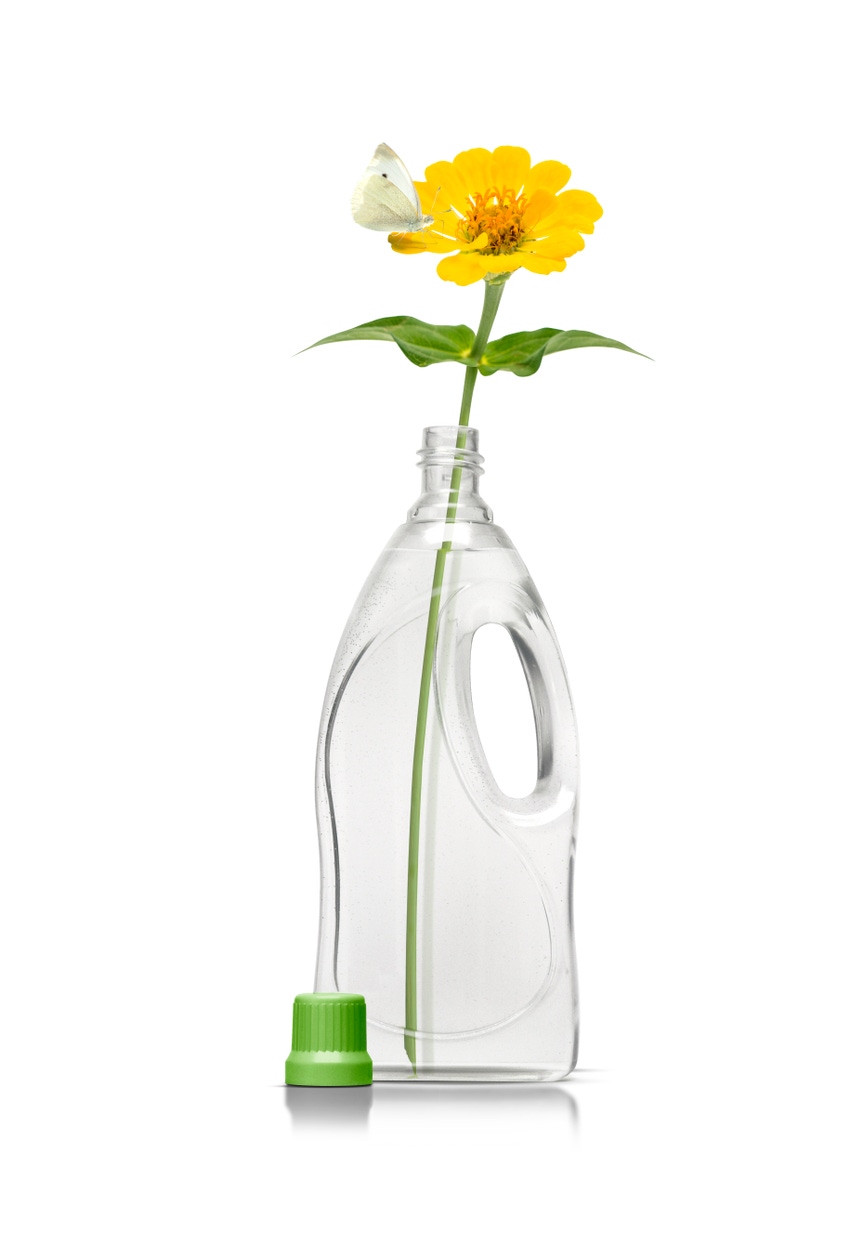“Transparency is a pre in packaging, which is exactly why PET is so popular. But PET can’t do everything, so we are seeing more and more customers turning to PP. With our additives, we can offer the best of two worlds.”
November 8, 2016

 At the Milliken booth in Düsseldorf a few weeks ago, a spokesman explained why Milliken had chosen to highlight its Millad NX 8000E clarifier at the K Show this year.
At the Milliken booth in Düsseldorf a few weeks ago, a spokesman explained why Milliken had chosen to highlight its Millad NX 8000E clarifier at the K Show this year.
“We’re bringing new applications, not new molecules, that’s true,” said Sami Palanisami, sales & marketing manager for Plastics Additives, Europe. “We’ve launched variations of our existing technology – Millad NX 8000 clarifiers - because there is a need in the market for them.”
Until now, most have been aimed at thermoforming applications – with good reason. “The transparency offered by PET packaging is an advantage, but PET can’t be hot-filled or used in the microwave. For that you need PP. Another problem is that, while PET is recyclable, the PE sealing used with tray packaging makes it very difficult to recycle. Using PP eliminates this issue. Once PP is transparent, all sorts of applications open up.”
Milliken’s latest clarifier, Millad NX 8000E, is tailored for extrusion blow molded polypropylene. The new additive performs significantly better in higher melt-flow-rate (MFR) grades of PP, and yields excellent results in both optics and productivity. With the introduction of the new clarifier, transparency in extrusion blow molding is no longer limited to PVC or PET. Millad NX 8000E has been designed specifically to provide a step change in optical properties with standard Ziegler-Natta polypropylene EBM resins.
“The additive enables PP to replace more expensive, less functional, or difficult to process materials,” said Palanisami. “Integrated handles can be produced. And PP has a soft touch, which makes it easier to squeeze. Customers get more product out of a bottle, which means it’s cleaner when it goes for recycling.”
PP bottles made with Millad NX 8000E have a better clarity, better gloss both inside and outside, lower haze, a low yellowness index, and an overall fresher look.
“We worked for several years with machine manufacturers, resin producers, converters and brand owners to optimize this new product, to ensure it delivered the desired properties without compromising transparency or machine production speeds,” said Milliken Senior Development Engineer Bart Gabriels.
The optical properties of Millad NX 8000E resins also are less dependent on processing, he noted. Therefore, standard mold surface finishes (such as a glass-blasted finish) and processing temperatures for PP can be used without compromising quality. “With high MFR grades (MFR around 3),” Gabriels said, “this clarifier delivers a complementary effect that results in excellent optics and productivity.”
About the Author(s)
You May Also Like


